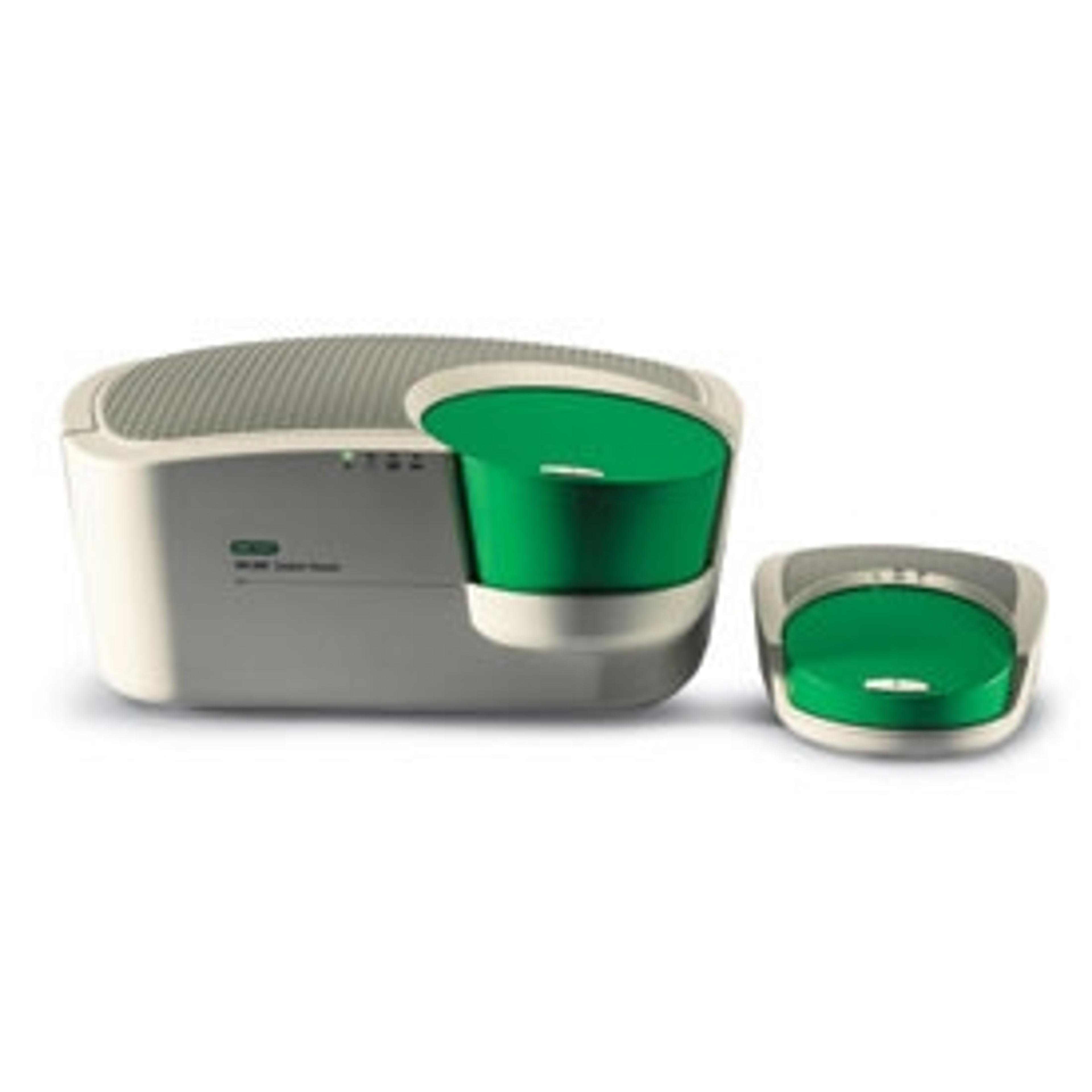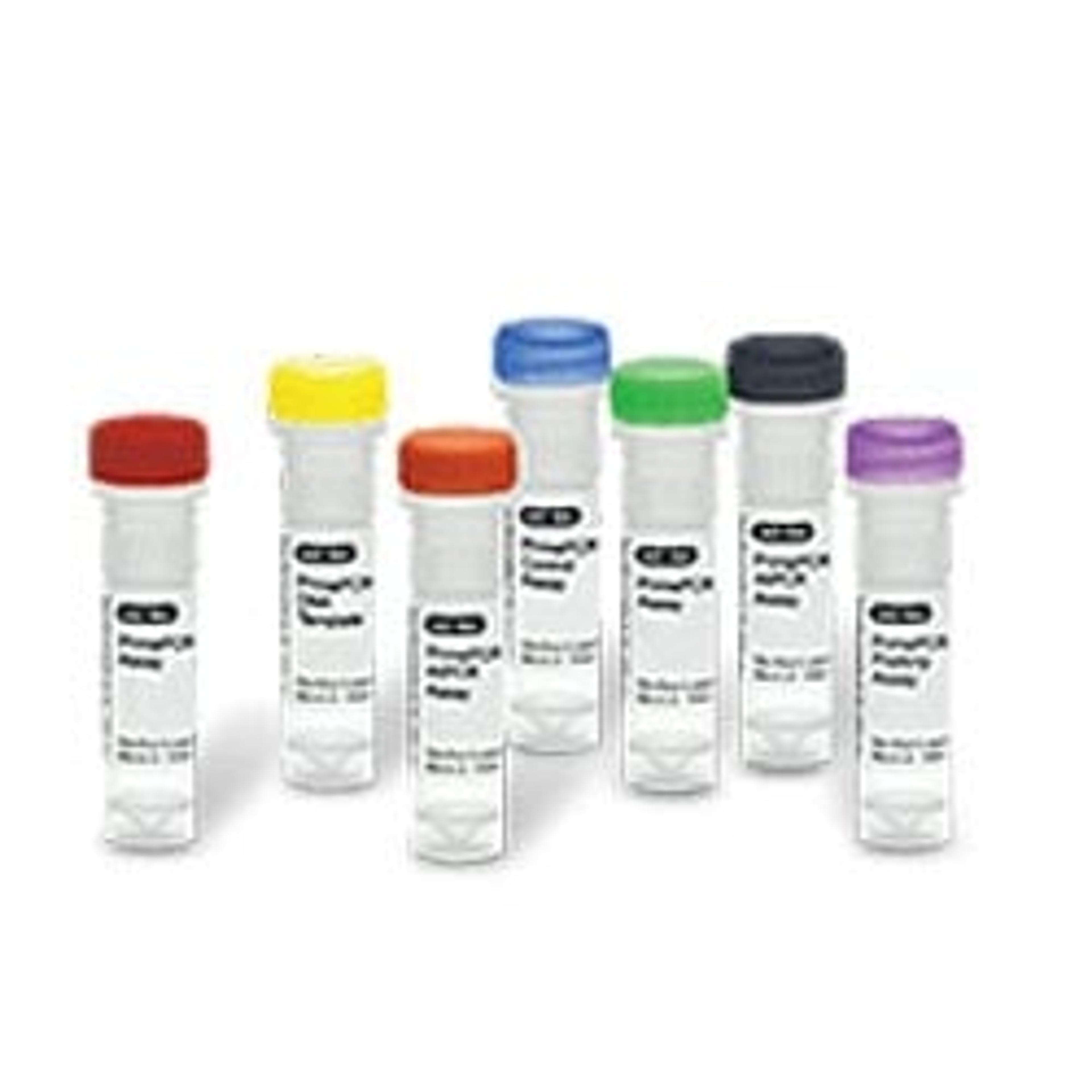New Method to Assess Effectiveness of Genome-Editing Technologies
Droplet Digital™ PCR–based assay quickly and cost-effectively assesses genome-editing events
19 Jul 2016Researchers have developed a cost-effective and rapid method for assessing edits generated by CRISPR-Cas9 and other genome-editing technologies.
The assay strategy, which was recently published in Scientific Reports, can be used to better understand and improve the function of gene-editing technologies.
Using Bio-Rad’s Droplet Digital PCR (ddPCR™) technology, researchers at the Gladstone Institutes and the Digital Biology Group at Bio-Rad Laboratories, Inc. were able to detect editing events at frequencies as low as one in 1,000 copies of the genome. Achieving this level of sensitivity allowed the researchers to examine how experimental conditions impact genome-editing outcomes. Scientists can use this assay strategy to optimize their experiments for increased effectiveness in their genome-editing protocols.
Current Challenges in Measuring Genome-Editing Outcomes
A number of methods exist for detecting genome-editing events, although each has drawbacks. High resolution melt analysis has limited sensitivity and quantitative ability, while next-generation sequencing is laborious and often cost-prohibitive. In addition, many methods for measuring genome-editing outcomes monitor only the random non-homologous end joining (NHEJ) edits and neglect to monitor the precise homology-directed repair (HDR) edits. What’s needed is a method that can measure both types of repairs effectively and simultaneously.
“There had been no quick and easy method to monitor HDR and NHEJ at the same time,” said Dr. Yuichiro Miyaoka, the study’s lead author. Dr. Miyaoka conducted the research while he was at Gladstone. He is now a project leader for the Regenerative Medicine Project at the Tokyo Metropolitan Institute of Medical Science.
Ultrasensitive Quantification of Genome Editing Events Using ddPCR
Bio-Rad’s ddPCR technology is well suited for the challenge of detecting rare events such as NHEJ and HDR edits by massively partitioning samples into thousands of droplets, effectively increasing the signal-to-noise ratio of a rare target DNA in the reaction.
For this study, the researchers used fluorescently labeled probes that bound the target DNA to create unique fluorescence signatures indicating if HDR, NHEJ, or no editing occurred at the chosen DNA site. The assay has a detection limit of <0.05% for HDR edits, and as low as 0.1% for NHEJ. The method also provides quicker results than next-gen sequencing.
“Once you have a validated assay, you can go from sample to answer for dozens of experiments in a day,” said Dr. Jennifer Berman, co-first author on the study and a Digital Biology Group staff scientist.
Gene-Editing Outcomes Depend Greatly on Experimental Conditions
Most genome-editing conditions induce more NHEJ than HDR, but this study found some conditions that induce more HDR than NHEJ. The findings demonstrate that the HDR- and NHEJ-inducing activities are context dependent, and the ddPCR assay strategy is very powerful for monitoring genome-editing outcomes.
“We are interested in exploring the therapeutic potential of genome editing but needed to better understand the factors that impact its effectiveness,” said senior author Dr. Bruce R. Conklin, a senior investigator at Gladstone and a Professor of Medicine at the University of California, San Francisco.
Unexpectedly, the researchers found that genome-editing outcomes depended greatly on experimental conditions, including the nuclease, cell type, and gene target.
“Our results indicate that researchers have to carefully screen for the best conditions to achieve the desired outcomes for their application,” said Dr. Miyaoka.
A Growing Application for ddPCR
In addition to the Conklin laboratory, many other researchers have begun to use ddPCR for gene-edit detection, as well as for evaluating the molecular consequences of editing cells in living organisms.
Recent research from Duke University and collaborators established genome editing as a potential therapy to treat Duchenne’s muscular dystrophy (DMD). The researchers used the CRISPR-Cas9 system to remove a mutation in the dystrophin gene from a mouse model of DMD. Using ddPCR, they were able to detect precise edits from muscle lysate and quantify messenger RNA of the in vivo–edited dystrophin gene. The result was an improvement of muscle function in mice containing the desired gene edit.
Other research published in Nature Protocols from the laboratory of Dr. Boris Fehse addresses a current bottleneck for researchers using gene-editing tools in quantifying gene knockout rates. This work describes a ddPCR method for simultaneously detecting wild-type and NHEJ event frequencies with a new technique they termed gene-editing frequency digital PCR (GEF-dPCR).
“Exact quantification of gene-editing frequencies is particularly important in translational medicine, but has so far been limited by the lack of suitable, straightforward methods,” said Dr. Fehse, Professor for Cell and Gene Therapy in Hamburg (Germany). “The new dPCR-based techniques now facilitate precise and sensitive assessment of gene editing even on precious in-vivo samples from preclinical and clinical studies.”



